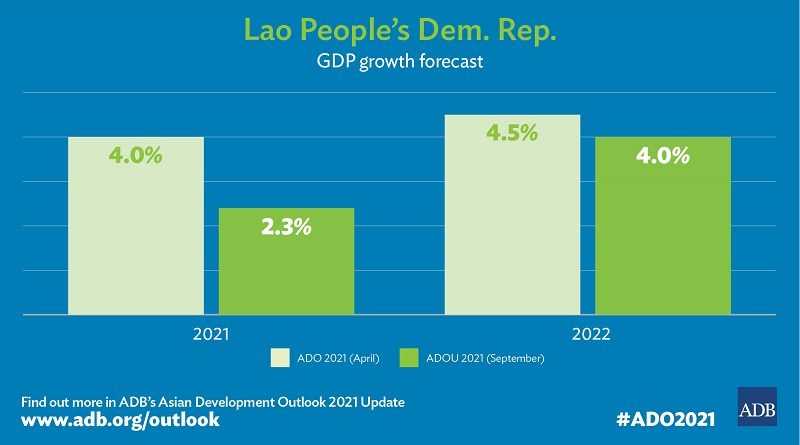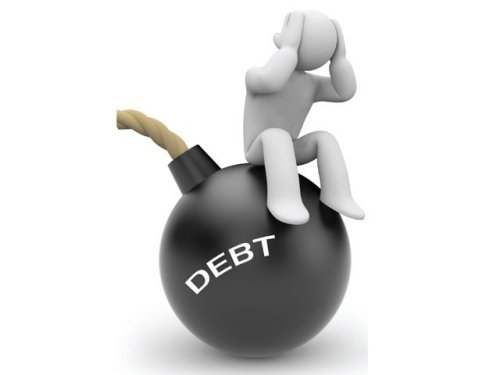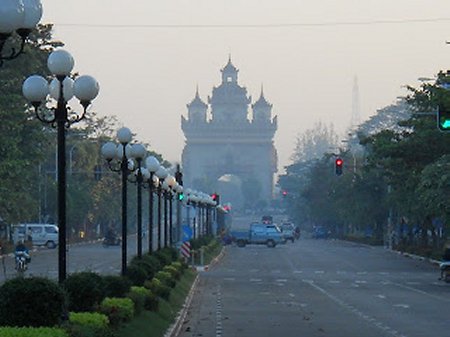Economic Recovery In Laos Delayed Due To Rising Prices, Supply Disruptions: ADB
Source: Vientiane Times
The Asian Development Bank (ADB) has lowered its 2022 economic growth outlook for Laos to 2.5 percent from 3.4 percent projected in April and to 3.5 percent from 3.7 percent for 2023.
The slower growth projection is linked to supply disruptions and rising commodity prices which have increased inflationary pressures, according to the update of ADB’s flagship publication, Asian Development Outlook (ADO) 2022.
The downgraded economic growth forecast comes amid sluggish global demand and the tightening of monetary policy to manage inflation.
Most businesses returned to normal operations in the first half of the year, and international tourist arrivals have begun to pick up.
“However, volatile prices, particularly for oil, have increased the cost of living, resulting in a softening of domestic consumption. Sharp increases in the price of fertiliser, animal feed, food, and fuel discouraged activity in agriculture and manufacturing. These trends delayed economic recovery,” stated the ADB.

ADB Country Director for the Lao PDR Sonomi Tanaka said “Rising prices are threating the welfare of households in Laos, particularly poor households, entailing risks to food and nutrition security for families.”
“This is creating challenges not only for the people, but also for public finances. Sound macroeconomic management, along with interventions to safeguard purchasing power, are needed to restore market confidence.”
The headline inflation rate in August reached a 22-year high of 30.01 percent, with the rate averaging 15.5 percent over the first eight months of the year.
Year-on-year inflation surged from 23.6 percent in June to 25.6 percent in July, with price rises reported in all categories, according to the latest report from the Lao Statistics Bureau.
According to the ADB, administered prices for fuel increased 13 times from January to September, resulting in a 90.3 percent rise in diesel prices and a 62.3 percent increase in gasoline prices.
In parallel, the kip fell by one-third against the US dollar and Thai baht, respectively, from January to August. The forecast for inflation has been sharply revised up to 17.0 percent for 2022 on higher-than-expected oil prices and the weaker kip, before moderating to 4.5 percent.
“Public and publicly guaranteed debt – a large portion of which is external – was also reported at 88 percent of GDP in 2021, up from 72 percent in 2020, as domestic borrowings were raised through bond issuances while the dollar value increased on weaker local currency.”
“Debt relief from several creditors, accumulating to US$984 million over 2019-2021, has helped mitigate near-term pressures. Coordinating these efforts among all creditors is critical for reducing the country’s high risk of debt distress,” the ADB stated.



